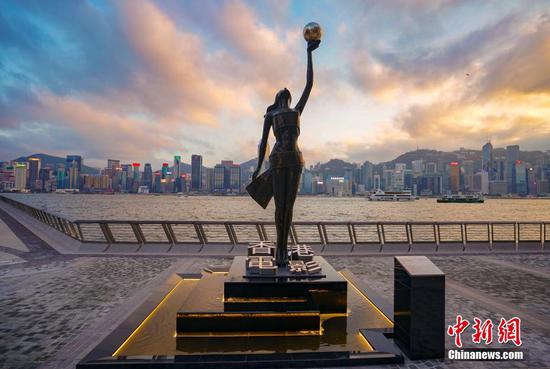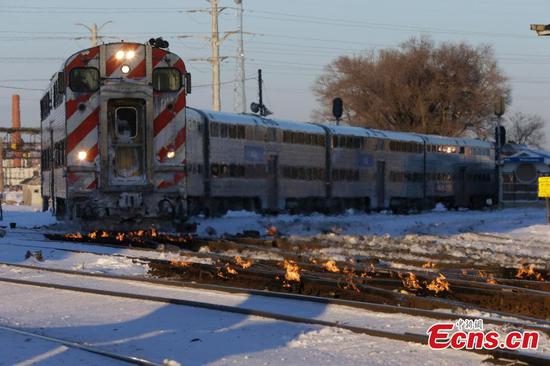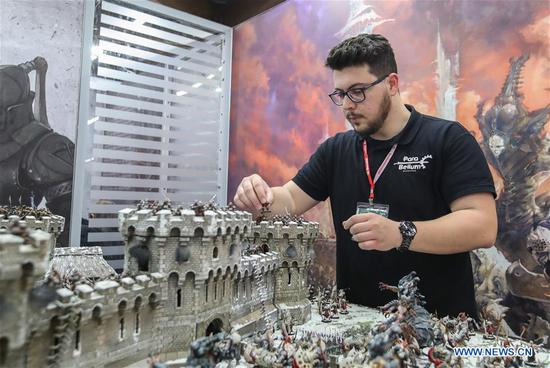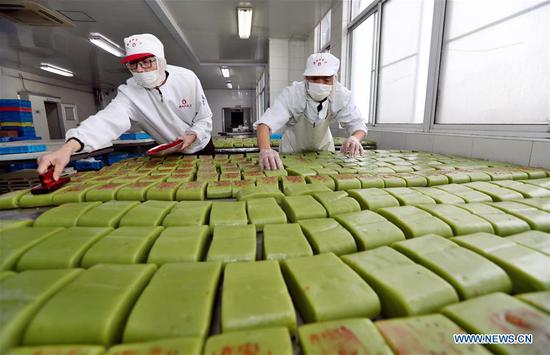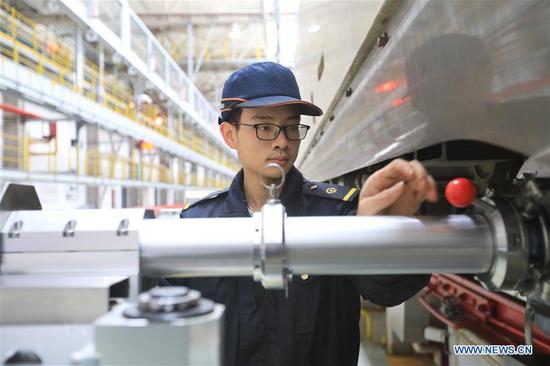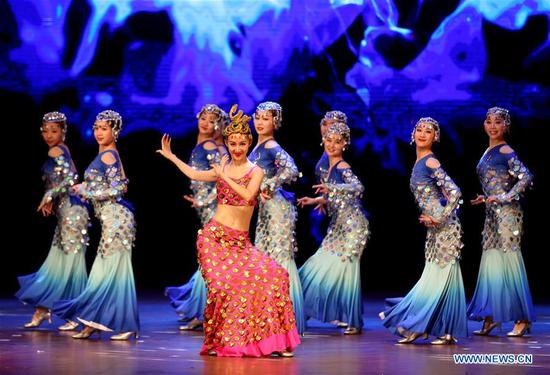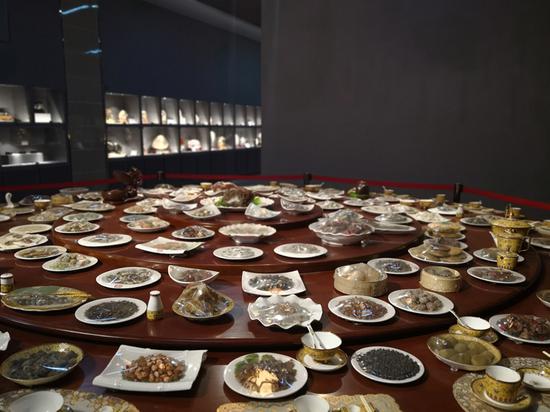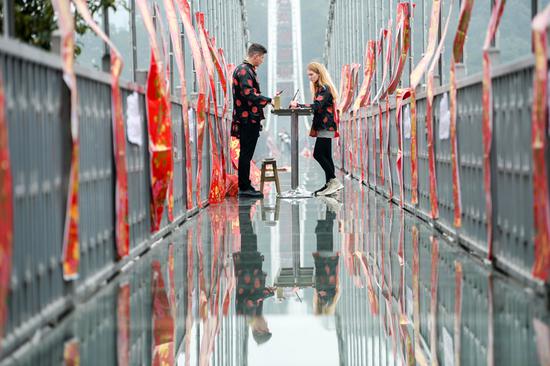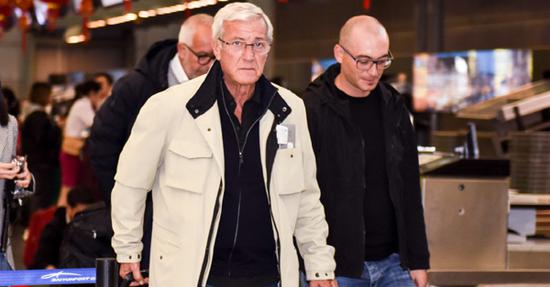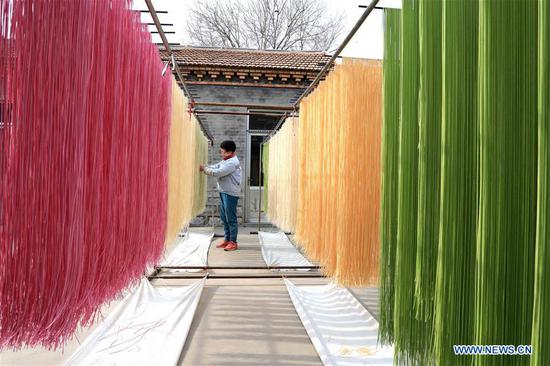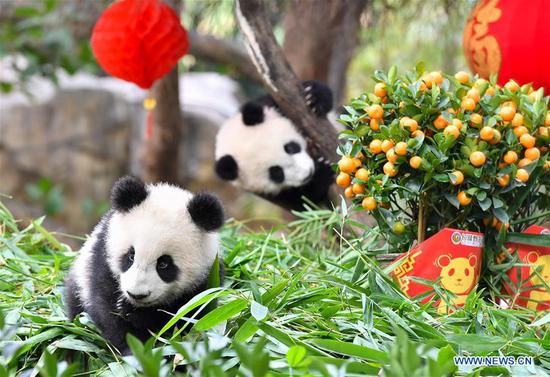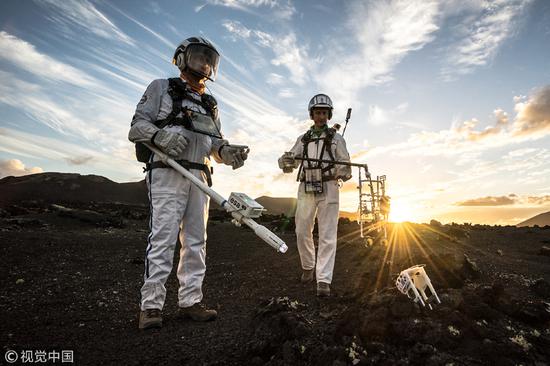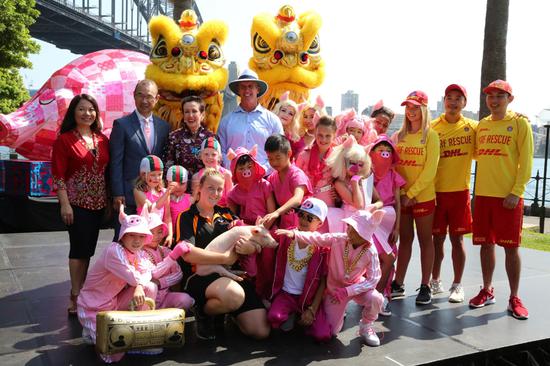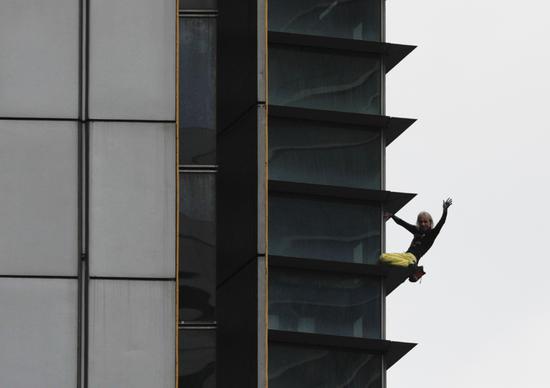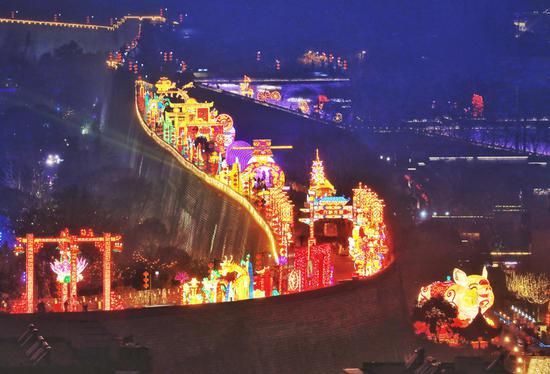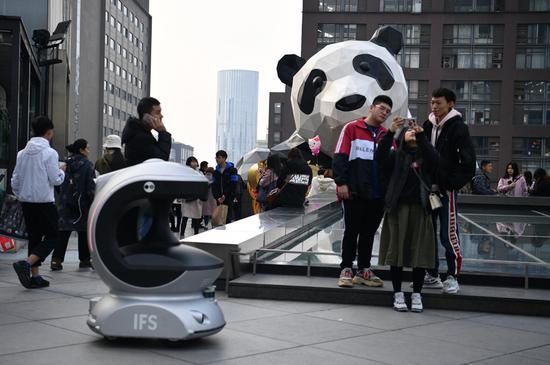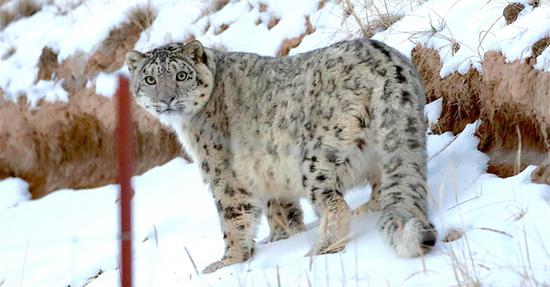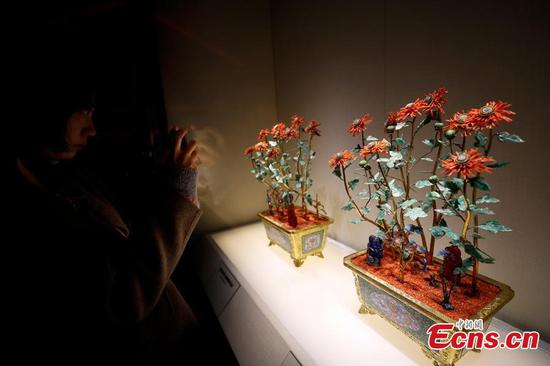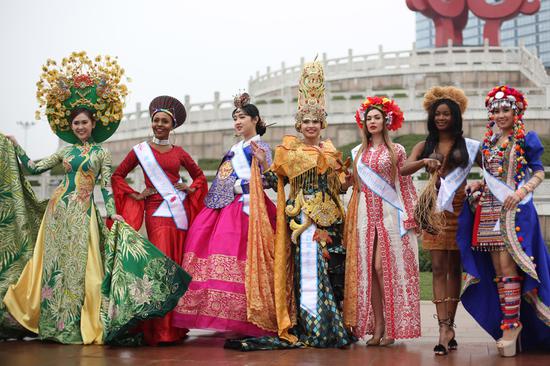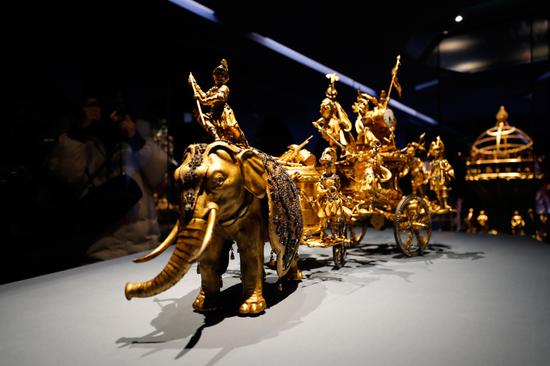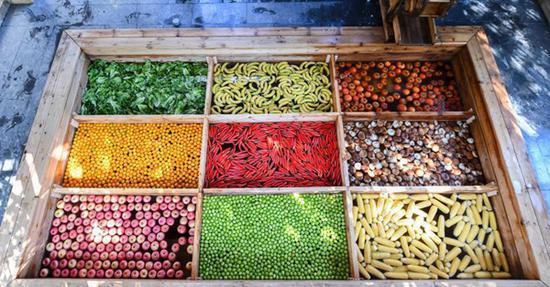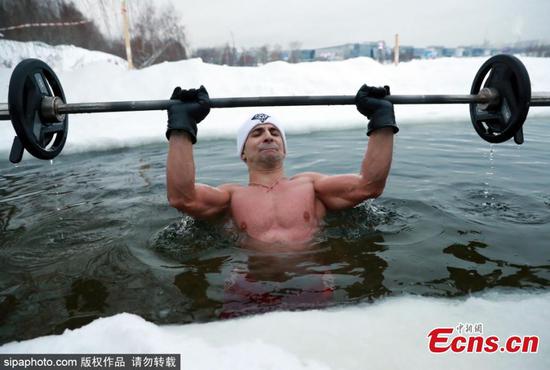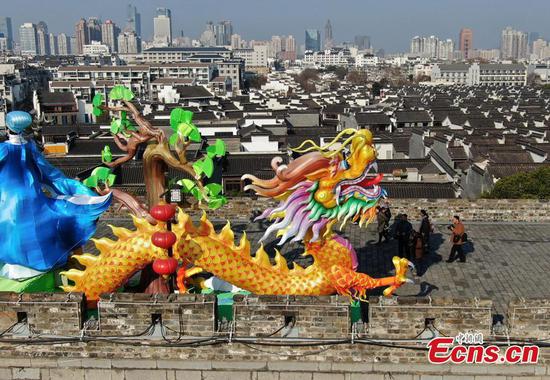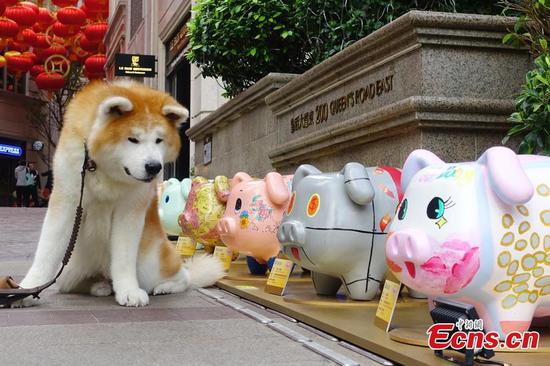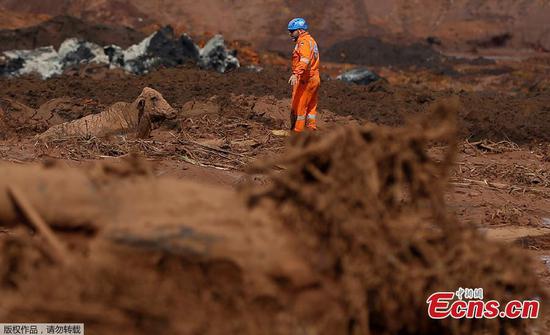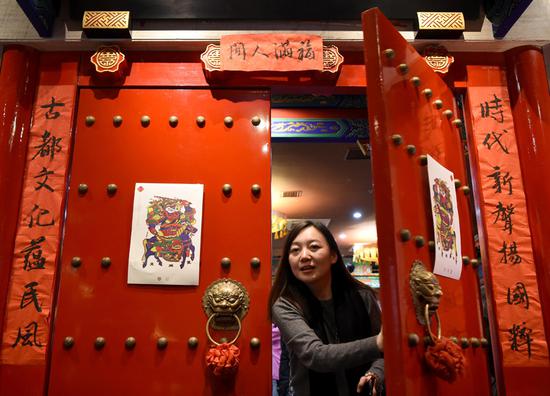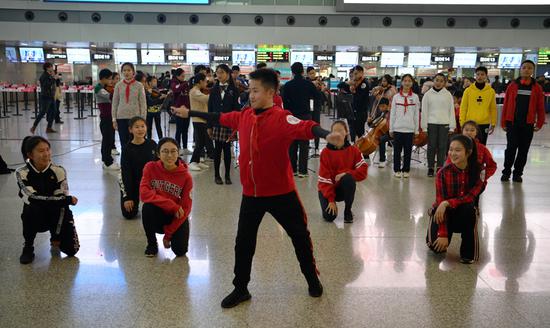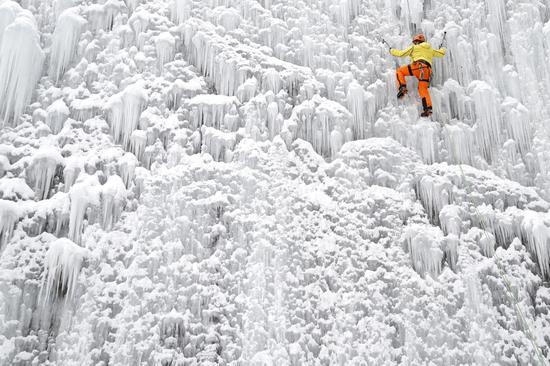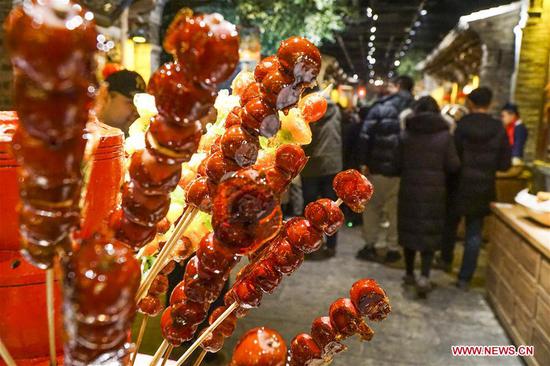Standing by the pool at the National Aquatics Center, Zhang Lin, Chinese silver medalist in men's 400m freestyle swim at Beijing 2008, is amazed by the transformation of the Water Cube of 2008 into the Ice Cube of 2022.
"Every time I came back to the Water Cube after 2008, I wanted to jump into the pool and swim here again," Zhang says. "I won't be able to compete at the Winter Games in 2022, but I will certainly come here to cheer for Team China as a spectator."
The pool, a legacy of the 2008 Games where Michael Phelps claimed a record eight gold medals, will be transformed into a curling venue for Beijing 2022.
Like the pool, another 10 venues from the 2008 Games will be reused for 2022 as the Beijing organizers aim to deliver a fantastic, extraordinary and excellent Games in a green, sharing, open and clean manner.
All COMPETITION VENUES READY BY 2020
Thomas Bach, president of the International Olympic Committee (IOC), said he is very confident about the success of the Games during a visit to the Beijing 2022 competition zones this week.
"The organizing committee is doing excellent work. We see very thorough and detailed planning. It's the Chinese way. We are really very sure about the completion of the work at the right time and also the success of the Olympic Games," Bach told Xinhua after visiting the Zhangjiakou and Yanqing competition zones on Tuesday.
Beijing 2022 will utilize 24 competition and non-competition venues located in three competition clusters of downtown Beijing, Yanqing district and neighboring Zhangjiakou of Hebei province including Chongli.
The construction and transition for all the competition venues will be completed by 2020 and ready for the test events, according to Zhang Jiandong, Executive Vice President of Beijing 2022.
As the first host city to fully benefit from the Olympic Agenda 2020, the organizers of Beijing 2022 have made great strides in incorporating the Olympic Agenda 2020 and the IOC's New Norm, which is the new way of working spelled out by the organization.
"The Beijing 2022 can set a new bench mark for a sustainable Olympic Games, on one hand benefiting from the legacy of the Beijing 2008 and on the other developing a new winter sports destination in a sustainable way," Bach said.
Among the 13 competition and non-competition venues in downtown Beijing, which will host all ice sports, in addition to the Ice Cube, the Bird's Nest National Stadium will be used for the opening and closing ceremonies in 2022. This is the iconic venue used in 2008 for the astonishingly choreographed opening ceremony and that hosted Usain Bolt's debut 100m and 200m gold medal wins.
The Capital Indoor Stadium, another storied venue where the China and U.S. table tennis teams played each other in 1971 in what became known as "ping pong diplomacy," will be re-purposed for short track speed skating and figure skating in 2022.
Located in the northern suburb of Beijing, more than 70 percent of Yanqing district is the mountains. Alpine skiing, bobsleigh, skeleton and luge will be held in this competition zone during the Winter Games.
A series of environmental protection measures have been carried out before and during the construction in Yanqing in a bid to deliver a "Green Olympics." The construction includes the transplanting of trees in the mountains 800 meters above sea level. To better protect the trees, experts from Beijing Forestry University conducted an ecological background survey on this area and worked out a protective transplanting plan.
"Whichever venue we are visiting, we could see what would be the use after the Olympic Games. Part of the legacy program is the environmental protection. There to see that millions of trees being planted as forestation. This is another example of Olympic Agenda 2020," Bach said.
At the Xiaohaituo mountain of Yanqing, a group of Chinese architects developed their own technology to build the world's 18th and China's first track for bobsleigh, skeleton and luge.
The construction of track has a strict requirement in shotcrete, demanding numerous experiments to achieve a certain degree of concrete thickness. The successful research and development of shotcrete has been certificated by the International Bobsleigh &Skeleton Federation.
The National Skeleton and Luge Center has also developed a technology called a "Climate Protection System" combining the landscape, track and sun shield roof, which will save energy and reduce carbon emissions.
As the host country gears up for the Games, the small town of Chongli, about a four-hour drive north of China's capital and once one of the country's poorest areas, is now home to seven ski resorts and will host skiing and biathlon in 2022.
Transportation integration will further put the Games and the development of the region on a fast track as a high-speed rail link from Beijing to Zhangjiakou and Chongli is anticipated to slash the travel time to only 50 minutes when it goes into operation in 2019.
In January 2019, Chongli was selected by New York Times as one of the "52 places to travel to in 2019" for its booming ski industry.
"The lead-up to the next Winter Games is well underway in and around Beijing, and the spectacle is breathtaking. The most stunning transformations are happening in Chongli. Go now to see firsthand how the world's most populous country is working overtime to become a competitive winter sports nation," the newspaper said.









